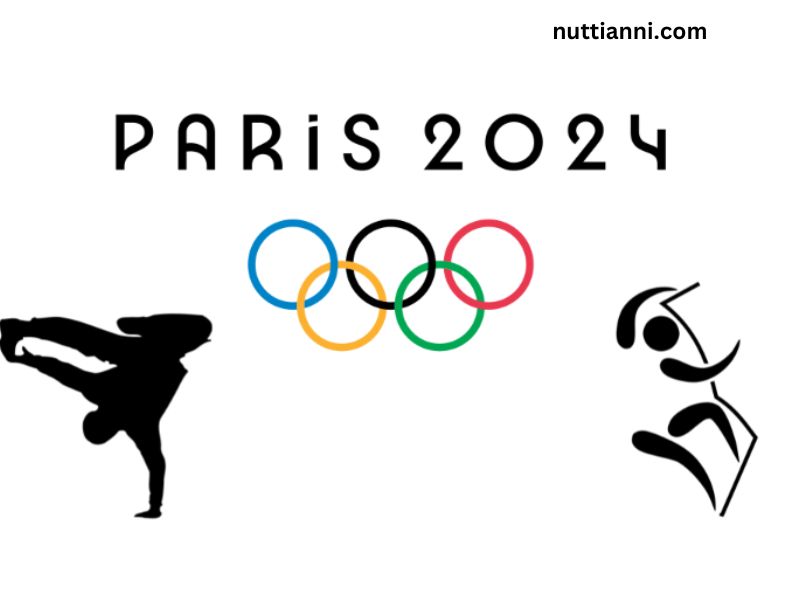The Summer Olympics, officially known as the Games of the Olympiad, are a premier global sporting event held every four years. They feature a diverse array of sports, each showcasing different skills, strategies, and athleticism. Since their inception in 1896, the Summer Olympics have grown to include a wide range of sports, evolving with the times and reflecting the changing interests of both athletes and spectators. In this article, we will explore the various sports featured in the Summer Olympics, examining their histories, unique aspects, and significance within the Games.
Traditional Olympic Sports
-
Athletics
Athletics, or track and field, is one of the oldest and most fundamental Olympic sports. It includes a variety of events such as sprints, middle-distance and long-distance running, hurdles, relays, pole vaulting, long jump, high jump, shot put, discus, and javelin. The events are divided into running, jumping, and throwing disciplines. Athletics often showcases some of the most memorable moments in Olympic history, including Usain Bolt’s record-breaking sprints and Eliud Kipchoge’s historic marathon.
-
Swimming
Swimming has been a staple of the Summer Olympics since 1896. The sport includes various styles, such as freestyle, backstroke, breaststroke, and butterfly, each tested in different distances. The introduction of the individual medley and relay events further adds to the sport’s complexity. Swimming events highlight incredible speed and endurance, with stars like Michael Phelps and Katie Ledecky becoming household names through their Olympic performances.
-
Gymnastics
Gymnastics is divided into artistic gymnastics, rhythmic gymnastics, and trampoline. Artistic gymnastics includes events like the floor exercise, pommel horse, rings, vault, parallel bars, and horizontal bar for men, and balance beam, uneven bars, and floor exercise for women. Rhythmic gymnastics combines elements of ballet, dance, and gymnastics with the use of apparatuses like ribbons and hoops. Trampoline gymnastics features high-flying aerial routines. Gymnastics is known for its blend of strength, flexibility, and grace, with legends such as Nadia Comăneci and Simone Biles making significant impacts.
-
Rowing
Rowing has been part of the Summer Olympics since 1900, featuring both sculling (where each rower uses two oars) and sweep rowing (where each rower uses one oar). Events include single sculls, double sculls, quadruple sculls, and various sweep rowing configurations. Rowing demands exceptional endurance, technique, and teamwork, with athletes like Steve Redgrave and the U.S. Women’s Eight team achieving legendary status.
-
Fencing
Fencing, with its roots in medieval combat, has been an Olympic sport since the first modern Games in 1896. It includes three weapons: foil, épée, and sabre. Each weapon has its own set of rules and target areas, and matches are scored based on touches made by the fencer. The sport emphasizes agility, precision, and strategy, with champions such as Émilien Bouret and Mariel Zagunis demonstrating the sport’s high level of skill.
-
Wrestling
Wrestling in the Olympics includes both freestyle and Greco-Roman styles. Freestyle wrestling allows the use of the wrestler’s or opponent’s legs for attacks, while Greco-Roman restricts holds to the upper body. Wrestling has a long history in the Olympic Games, dating back to the ancient Greek Olympics. It showcases strength, technique, and tactical prowess, with notable wrestlers like Alexander Karelin and Cael Sanderson.
Popular Olympic Sports
-
Basketball
Basketball made its Olympic debut in 1936. It features teams of five players each, competing to score points by shooting a ball through a hoop. The sport has gained immense popularity worldwide, with the NBA contributing many of its star players to Olympic teams. Iconic moments include the U.S. “Dream Team” of 1992, which showcased basketball legends like Michael Jordan and Magic Johnson.
-
Soccer (Football)
Soccer, or football, was first included in the Olympics in 1900. The Olympic tournament is played by national teams, with both men’s and women’s competitions. While not as prominent as the FIFA World Cup, the Olympic soccer tournament serves as a significant platform for emerging talents and has seen memorable performances from teams like the U.S. Women’s National Team and Brazil’s men’s team.
-
Volleyball
Volleyball is represented in the Summer Olympics through both indoor and beach versions. Indoor volleyball involves two teams of six players each, while beach volleyball is played with two players per team on a sand court. Beach volleyball made its Olympic debut in 1996, quickly becoming a fan favorite due to its dynamic and entertaining nature. Prominent athletes include Kerri Walsh Jennings and Misty May-Treanor in beach volleyball, and Karch Kiraly in indoor volleyball.
-
Tennis
Tennis returned to the Olympics in 1988 after a long absence, featuring singles and doubles events for both men and women. The sport highlights technical skill, agility, and strategic play, with famous Olympic tennis players including Serena Williams and Roger Federer. The Olympic tennis tournament adds a unique dimension to the sport, with players competing not only for personal glory but also for national pride.
-
Cycling
Cycling in the Olympics encompasses road cycling, track cycling, mountain biking, and BMX. Road cycling features events such as individual time trials and road races, while track cycling includes sprint, keirin, and pursuit events. Mountain biking and BMX bring a more extreme element to the sport. Cycling events demand endurance, speed, and technical skill, with athletes like Chris Froome and Marianne Vos achieving notable successes.
Emerging and Reintroduced Sports
-
Skateboarding
Skateboarding made its Olympic debut in Tokyo 2020, reflecting the Games’ ongoing evolution to include more contemporary and youth-oriented sports. The sport features street and park disciplines, with skaters performing tricks on various obstacles. Skateboarding’s inclusion highlights the Olympic movement’s adaptation to popular culture and urban sports trends.
-
Surfing
Surfing, another new addition for Tokyo 2020, was included to capture the global fascination with the sport. Events take place in natural ocean waves, with athletes judged on the difficulty and execution of their maneuvers. Surfing’s Olympic inclusion represents a broader trend toward incorporating sports that connect with diverse audiences and showcase environmental beauty.
-
Sport Climbing
Sport climbing was also introduced in Tokyo 2020, featuring disciplines such as lead climbing, speed climbing, and bouldering. The sport tests climbers’ strength, technique, and agility on artificial climbing walls. Sport climbing’s dynamic and visually engaging nature has made it a compelling addition to the Olympic roster.
Conclusion
The Summer Olympics encompass a broad spectrum of sports, each with its own unique characteristics, history, and appeal. From traditional events like athletics and swimming to newer additions like skateboarding and surfing, the Olympic Games celebrate athletic excellence and global diversity. As the Games continue to evolve, they reflect both the enduring traditions of ancient sports and the exciting innovations of modern athletics. The Summer Olympics remain a testament to the universal pursuit of excellence, unity, and the celebration of human potential.









